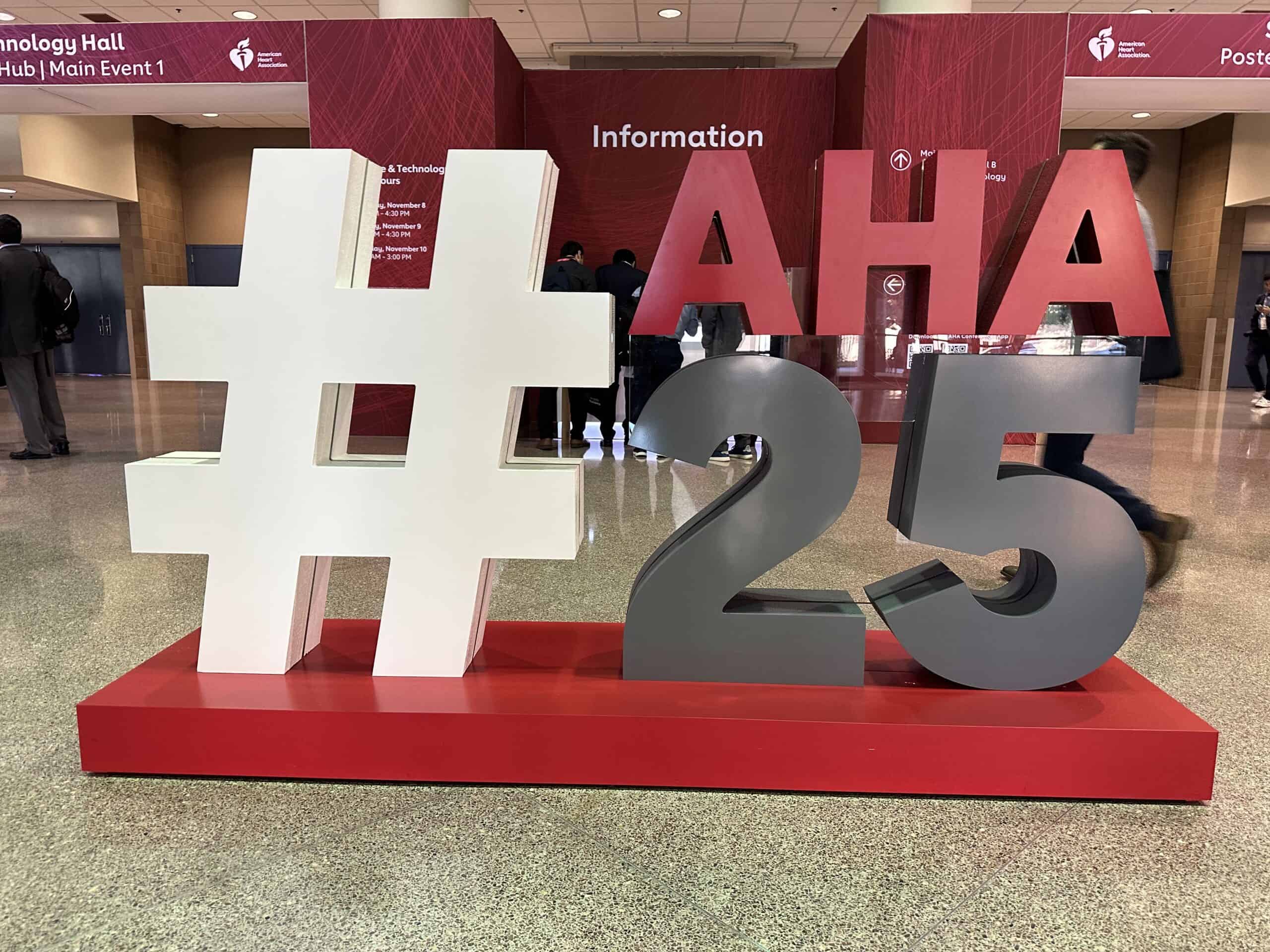There’s been some serious debate over the last few years about whether or not left atrial appendage occlusion is actually the best stroke prevention option for high-risk AFib patients, and the latest results from the CLOSURE-AF trial suggest it might not be as effective as previously thought.
- LAAO is widely used for AFib patients at high risk of stroke and bleeding based on the premise that while anticoagulation is effective, it often leads to internal bleeding.
- Current guidelines provide only modest support for LAAO in high-risk populations (class 2b in U.S., class IIb in Europe), reflecting limited randomized trial evidence.
- This is especially important since patients with bleeding history are typically excluded from major trials.
To bring closure to the LAAO debate, CLOSURE-AF enrolled 912 patients with CHA2DS2-VASc scores ≥2 and HAS-BLED scores ≥3 and randomized them to receive either LAAO (Amplatzer Amulet/Watchman FLX) or physician-directed standard care over a median 3-year follow-up, leading to results that have many non-interventionists saying “I told you so…”
- LAAO failed noninferiority for the composite primary endpoint of stroke, systemic embolism, cardiovascular/unexplained death, or major bleeding.
- Event rates were much better with standard anticoagulation: 16.83 per 100 person-years with LAAO versus 13.27 with medical therapy (aHR 1.28).
- Individual endpoint components occurred at similar rates, though the trial lacked statistical power for those analyses.
While these results might be shocking to some, there are several nuances to consider, and failing noninferiority doesn’t mean throwing LAAO out with the bathwater.
- CLOSURE-AF enrollment began in 2018 when operators had less experience, and the trial used mixed devices including some that are no longer marketed.
- The high-risk population mirrors trials like Amulet IDE, PRAGUE-17, and the ongoing CONFORM trial, representing patients for whom LAAO is approved and indicated.
The Takeaway
The CLOSURE-AF trial provides much-needed RCT evidence in bleeding-risk patients typically excluded from major trials, filling a critical knowledge gap in guideline development for who should get LAAO. It’s also a reminder that a procedure like LAAO is a specialized tool more than a catch-all for high-risk AFib patients.





